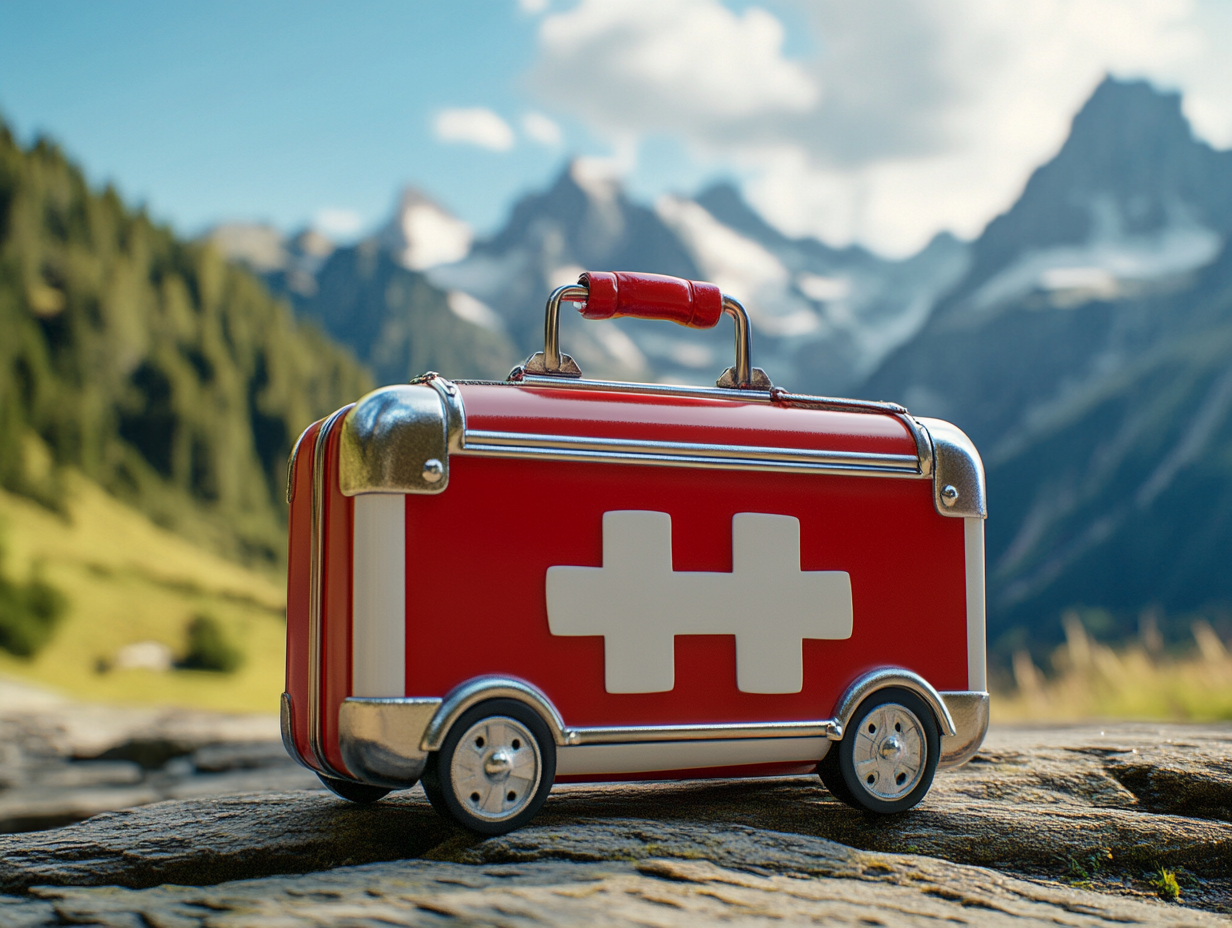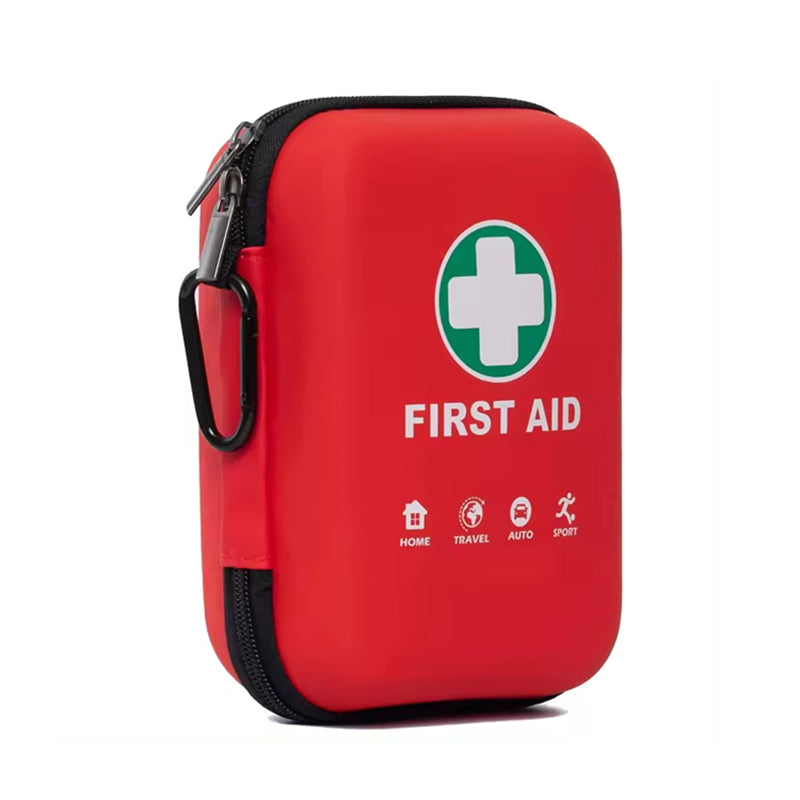Children’s First Aid Kit for Vehicles

Safety is always a top priority during any trip, especially when children are in the car. Accidents can happen suddenly, and a well-equipped car first aid kit can play a crucial role in protecting a child’s health and life during such events.
So, how should you configure your vehicle’s first aid kit to ensure a child’s safety in case of a car accident? This is the topic we’ll explore today.
Understanding Children’s First Aid Needs
Children’s bodies are still developing, which means they are more vulnerable to injuries and may respond differently to accidents compared to adults.
Recognizing common injuries and health issues in children, as well as understanding effective first aid measures, is essential when putting together a first aid kit for kids in the car.
Falls
Children are naturally active and rarely sit still in a car. In the event of an accident, the violent shaking and impact can cause children to fall and get hurt. Falls can lead to abrasions, contusions, and even fractures.
For minor abrasions, clean the wound immediately and prevent infection. For more serious bruising, cold compresses can help reduce swelling and pain. If there is a fracture, it’s crucial to immobilize the affected area properly and seek medical attention quickly.
Allergies
Children’s immune systems are more fragile, making them more prone to allergic reactions. In a car, various allergens might trigger these reactions, such as car interior materials, dust, or food.
Symptoms of an allergy can range from mild itching or rashes to severe breathing difficulties or anaphylactic shock, which can be life-threatening. Therefore, having anti-allergy medications in the first aid kit is essential for children.
Other Common Issues
In addition to falls and allergies, children may experience common health problems like fever, colds, or vomiting after an accident. The stress and fear caused by the incident can worsen these symptoms.
Therefore, it’s important to include medications such as fever reducers, cold medicine, and anti-nausea drugs in the first aid kit to manage these issues.
Recommended Items for a Children's First Aid Kit in a Vehicle
Once you understand the first aid needs of children, you can choose the appropriate items for your first aid kit.
Below are some recommended items for a children's first aid kit to help address emergencies effectively:
Band-aids
Band-aids are the most basic wound care item and are perfect for treating small cuts and abrasions that children might get. When choosing band-aids, opt for ones that are breathable, have moderate adhesion, and come in sizes suitable for children.
Some band-aids with cartoon designs can also help distract kids and reduce their fear of the injury.
Sterile Cotton Balls and Iodine Solution
Sterile cotton balls and iodine solution are important for cleaning and disinfecting wounds. Iodine is less irritating to children's delicate skin compared to alcohol, making it a better choice. Be sure to use these items correctly to avoid causing a secondary infection.
Cold and Hot Compress Packs
Cold compress packs are useful for reducing swelling and pain after a fall, while hot packs can help relieve muscle soreness. Opt for reusable cold and hot packs, as they are both eco-friendly and convenient.
When using these packs, be careful to control the temperature and duration to avoid burns or frostbite.
Children’s Fever and Cold Medicine
Children's bodies have less ability to regulate temperature, making them more prone to fever. Including children’s fever-reducing medications, such as acetaminophen suspension or ibuprofen suspension, in your first aid kit can help bring down a high fever quickly.
Cold medicine, like pediatric antihistamines, can also ease symptoms associated with a cold.
Anti-Allergy Medications
For children with a history of allergies, having anti-allergy medications on hand is critical. Common options include loratadine syrup or cetirizine drops, which can effectively alleviate allergic symptoms.
Always follow dosage instructions carefully when administering these medications.
Medicine Dispensers for Children
Giving medicine to children can be tricky. A medicine dispenser helps ensure accurate and easier medication administration. Choose a safe material, and ensure the dispenser has clear markings to improve the likelihood of successfully giving the correct dose.
Children's Toys
After an accident, children may experience extreme fear and anxiety. Having a familiar toy or comfort item can help calm them down and provide emotional reassurance. Choose light, soft toys like plush animals or pacifiers to comfort children during stressful moments.
Conclusion
Adding child-specific safety items to your vehicle's first aid kit not only protects their health but also ensures the well-being of the entire family. A small yet comprehensive first aid kit carries with it our deep care and love for our children.
Before each trip, take the time to check that your kit is fully stocked and that all items are up to date, ensuring that it can provide vital support in an emergency.
Let’s work together to create a safer environment for children in the car, so that every trip can end with a safe return home.
We hope this article helps you better understand how to equip your vehicle’s first aid kit to provide the best protection for your children in emergencies.
